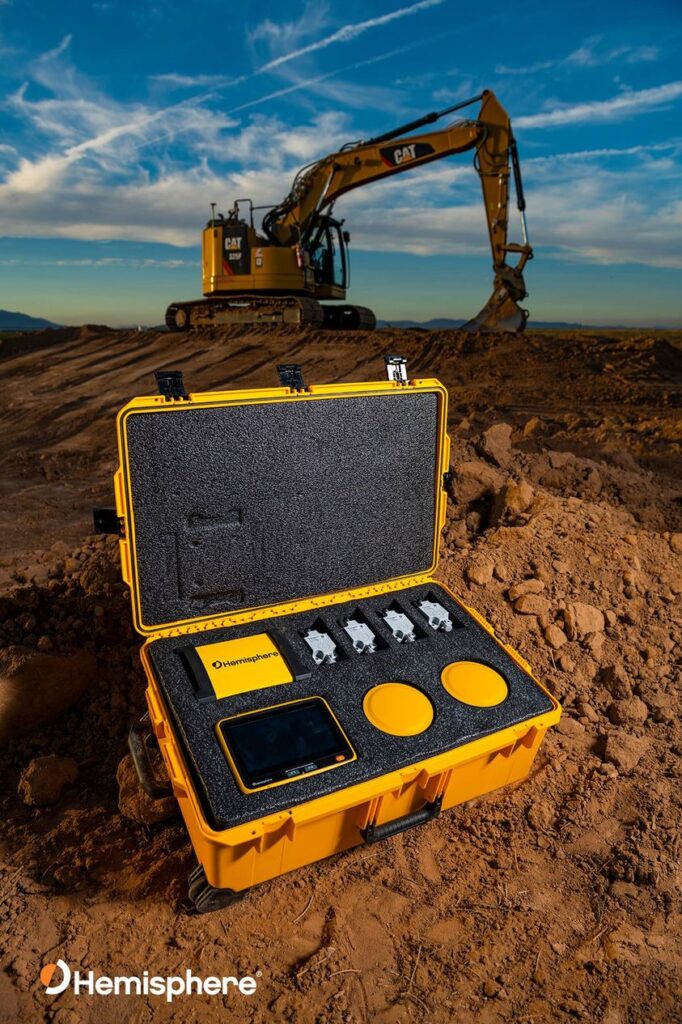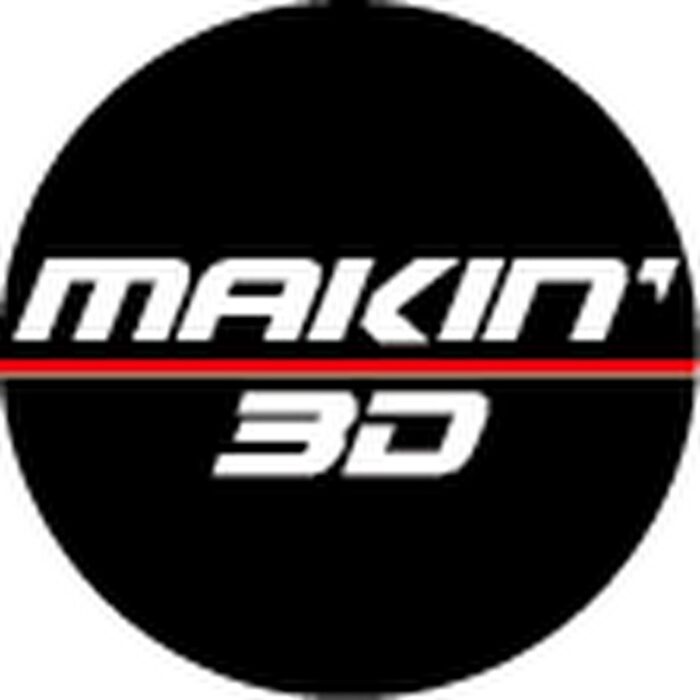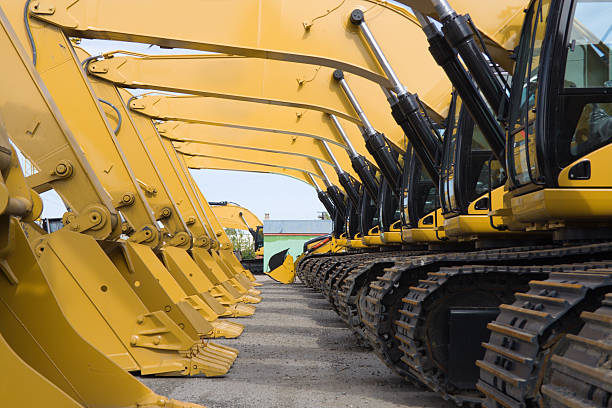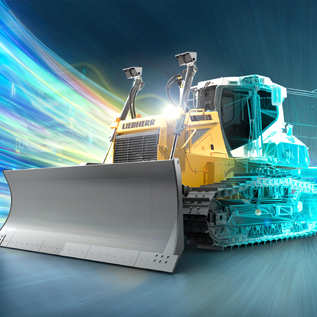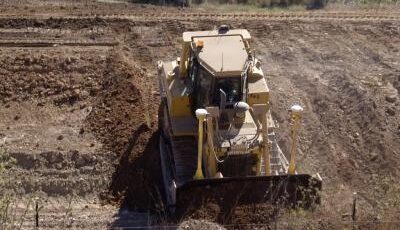
In the ever-evolving construction world, machine control technology emerges as a beacon of innovation, offering solutions to some of the industry’s most pressing challenges. While traditionally lauded for enhancing machine efficiency and automating processes, the true potential of machine control in construction is vast and multifaceted.
Driving Sustainability in Construction: The construction industry, responsible for nearly half of global CO2 emissions, is under increasing pressure to adopt sustainable practices. Machine control technology is pivotal in this transformation. According to research from Topcon, 67% of industry professionals believe that construction will achieve net-zero emissions by 2050, with machine control playing a crucial role.
By improving accuracy and efficiency, machine control significantly reduces the need for rework. This leads to a decreased demand for materials, directly addressing the industry’s substantial carbon footprint. In essence, a more precise and efficient construction process is inherently more sustainable.
Bridging the Skills Gap: The widening skills gap presents a formidable challenge in construction. Our research indicates that 30% of management views this gap and labour shortages as major hurdles. However, there’s a silver lining: 77% agree that machine control is instrumental in mitigating these challenges.
While the impact of the skills gap varies across Europe, addressing it is imperative. Machine control technology enhances the capabilities of existing workforces and makes the industry more appealing to emerging talent.
Automating Workflows for the Next Generation: Beyond the skills gap, managing complex project data is a significant challenge, particularly for younger professionals aged 25-34. Machine control technology, with its capacity to automate workflows, offers much-needed support to this new generation of construction experts.
The digitalization facilitated by machine control is a critical step in the construction industry’s evolution. It ensures that careers in this sector remain attractive and accessible, fostering growth and innovation.
Conclusion: Machine control technology is not just a tool for improving efficiency; it’s a strategic asset in future-proofing the construction industry. Machine control stands at the forefront of industry transformation, from driving sustainability to bridging the skills gap and automating workflows. As we look towards a more sustainable, skilled, and technologically advanced future, machine control will undoubtedly be a key player in shaping the construction landscape.


